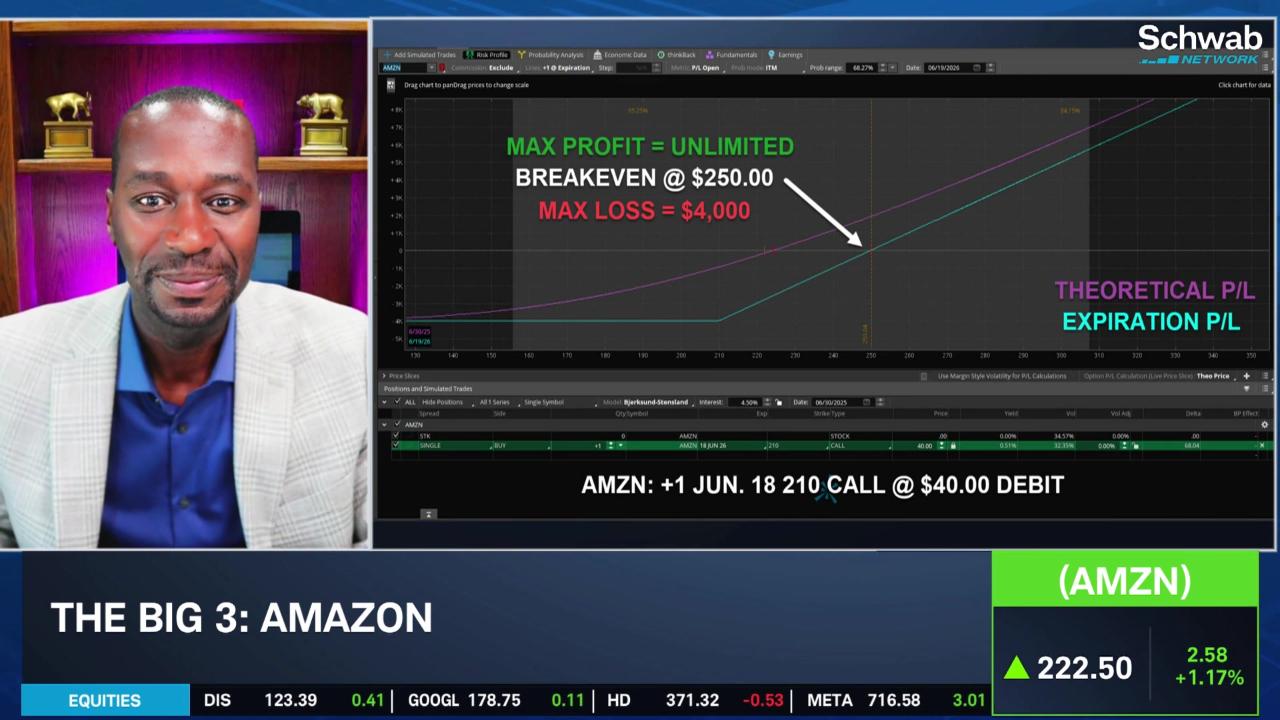- Market Minute
- Posts
- Labor Market Holds Firm as Wall Street Weighs Massive Tax and Spending Bill
Labor Market Holds Firm as Wall Street Weighs Massive Tax and Spending Bill

As U.S. markets closed the holiday-shortened week, investors celebrated broad-based gains across sectors while battening down for renewed volatility tied to trade policy. Equity investors find themselves at a crossroads of balancing buoyant job data and a rallying stock market against fresh fiscal risks tied to the “One Big Beautiful Bill,” signed into law on July 4. While the weekend started with signs of broad-based optimism, the massive legislation may add a new layer of uncertainty that shaped investor sentiment on Monday.
After the S&P 500 (SPX) and Nasdaq-100 (NDX) both notched record highs last Thursday ahead of the long weekend, trading resumes with a cautious edge. Futures dipped modestly this morning as the White House prepared to issue new tariff notices to over a dozen countries, effective August 1 if no deal is reached by July 9. Nevertheless, optimism also surged over the weekend as fresh earnings reports and sector rotation added breadth to the rally.
Capping the optimism last week, non-farm payrolls rose by a robust 147,000 in June, handily beating expectations of roughly 110,000, while the unemployment rate dipped to 4.1%. Revisions to April and May added another 16,000 jobs, signaling underlying resilience. Most of the hiring came from public-sector and health care roles. State and local government alone added 73,000 positions—primarily in education—and health care contributed another 39,000, even as total federal government employment declined. Private sector additions were more subdued with around 74,000 new jobs, which was the slowest monthly gain in eight months.
Wage pressures showed signs of easing. Average hourly earnings grew a modest 0.2% month-over-month and 3.7% year-over-year . The labor force participation rate held steady at 62.3%, with long-term unemployed workers rising slightly to 1.6 million. This hints at softening labor leverage, enough to keep inflationary pressures contained for now.
A strong employment report typically pushes Fed policymakers to postpone interest rate cuts, and June’s numbers did just that. With job growth still healthy and wage gains steady but not excessive, markets recalibrated their expectations for Fed action. Investors now anticipate lower odds of a July rate cut and appear to be looking toward September or later.
Markets remain resilient, yet cautious as headline risk remains elevated. Strong labor data and broader stock participation contrasted with growing trade tensions. The coming days will test whether the rally has legs or is merely a pause before fresh volatility. As the second half of 2025 unfolds, economic readings like inflation rates, consumer spending, the 2Q GDP estimate, and of course the post-July 9 tariff decisions, will be pivotal.
Morning Minute
Featured Clip
Tune in live from 8 a.m. to 5 p.m. ET, or anytime, anywhere, on‑demand.
Or stream it via thinkorswim® and thinkorswim Mobile, available through our broker-dealer affiliate, Charles Schwab & Co., Inc
Please do not reply to this email. Replies are not delivered to Schwab Network. For inquiries or comments, please email [email protected].
See how your information is protected with our privacy statement.
Charles Schwab and all third parties mentioned are separate and unaffiliated, and are not responsible for one another's policies, services or opinions. Schwab Network is brought to you by Charles Schwab Media Productions Company (“CSMPC”). CSMPC is a wholly owned subsidiary of The Charles Schwab Corporation and is not a financial advisor, registered investment advisor, broker-dealer, or futures commission merchant.

